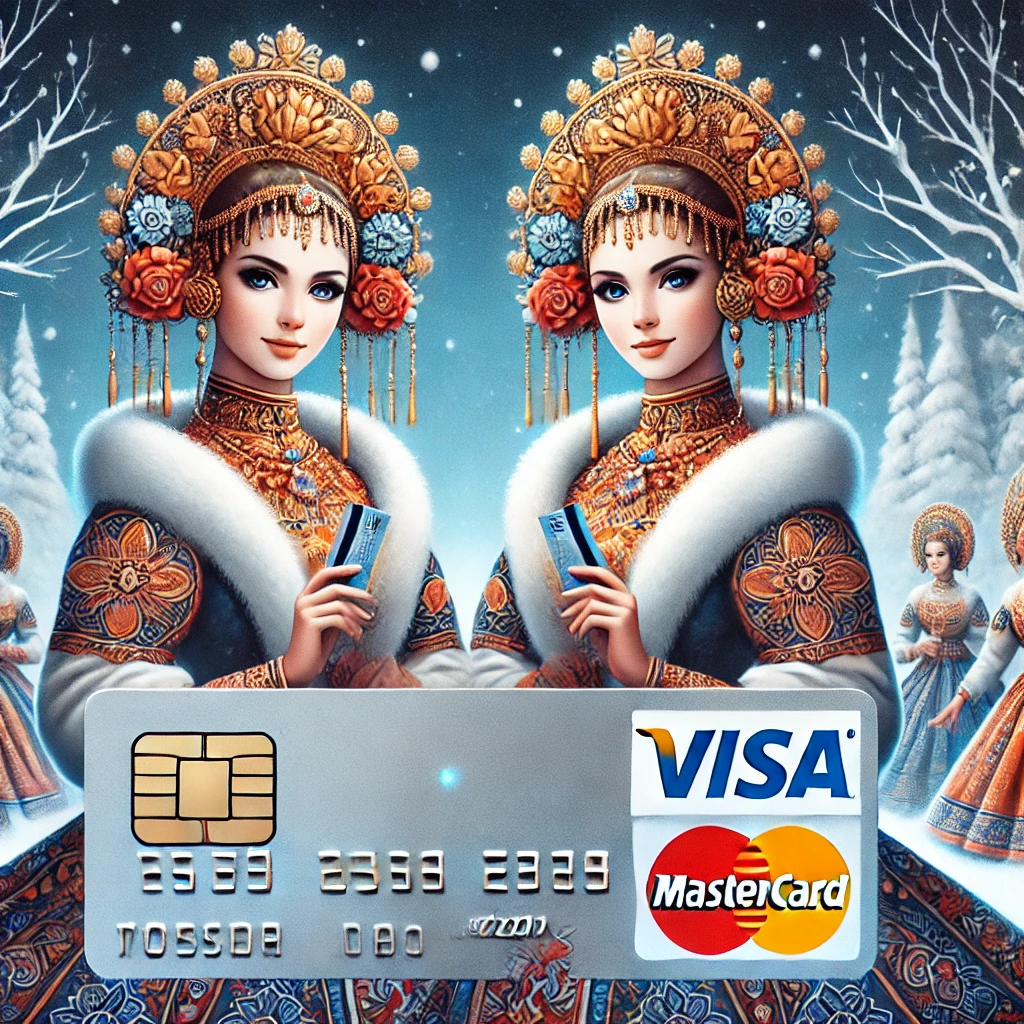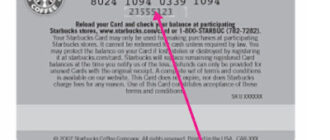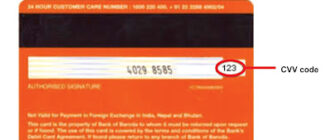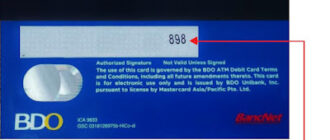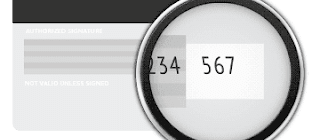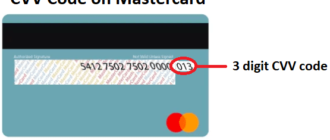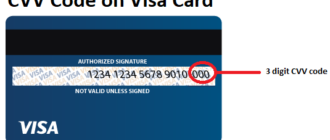Introduction
In today’s digital age, where online payments are increasingly prevalent, the security of your financial data is paramount. One essential security feature is CVV2 (Card Verification Value 2) – a three-digit code designed to confirm the authenticity of your debit card during online transactions. This article explores what CVV2 is, how it works, and why it’s crucial for safeguarding your funds.
What is CVV2?
CVV2 (Card Verification Value 2) is a three-digit security code located on the back of your debit card, beneath the magnetic stripe. It serves as an additional layer of protection during online purchases. Unlike other card details, CVV2 is not embedded in the card’s magnetic stripe or chip, ensuring that it cannot be easily copied or stolen.
How Does CVV2 Work?
When making an online purchase, you are required to enter several details, including:
- The card number
- The expiration date
- The cardholder’s name
- The CVV2 code
This code acts as a digital signature, confirming that the cardholder is physically in possession of the card. If the CVV2 is missing or incorrect, the bank will decline the transaction, preventing unauthorized access to your funds.
Why is CVV2 Important?
CVV2 plays a pivotal role in protecting your funds from fraud. Here’s why it’s indispensable:
- Data Theft Prevention: Without the CVV2, even if someone has your card number and expiration date, they cannot complete a transaction.
- Card Authenticity Verification: Entering the CVV2 confirms that the cardholder is making the purchase, reducing the risk of unauthorized transactions.
- Enhanced Security: The CVV2 provides an additional security layer that ensures only the rightful owner can use the card for online transactions.
How to Protect CVV2?
To safeguard your CVV2 code from fraudsters, follow these essential tips:
- Do Not Share Your Card: Avoid handing your card to others, even to cashiers or waiters, to prevent misuse.
- Never Disclose CVV2 Over the Phone: Be cautious of scammers posing as bank representatives requesting your CVV2 code.
- Block Lost or Stolen Cards Immediately: Use your bank’s app, SMS services, or contact center to block your card if it’s lost or stolen.
- Avoid Suspicious Online Stores: Refrain from entering your card details on dubious websites or platforms that lack secure payment gateways.
Conclusion
CVV2 is a crucial element in protecting your financial data during online transactions. By understanding its importance and adhering to basic security measures, you can prevent fraud and ensure the safety of your funds. Stay vigilant and prioritize secure payment practices to enjoy a worry-free online shopping experience.
